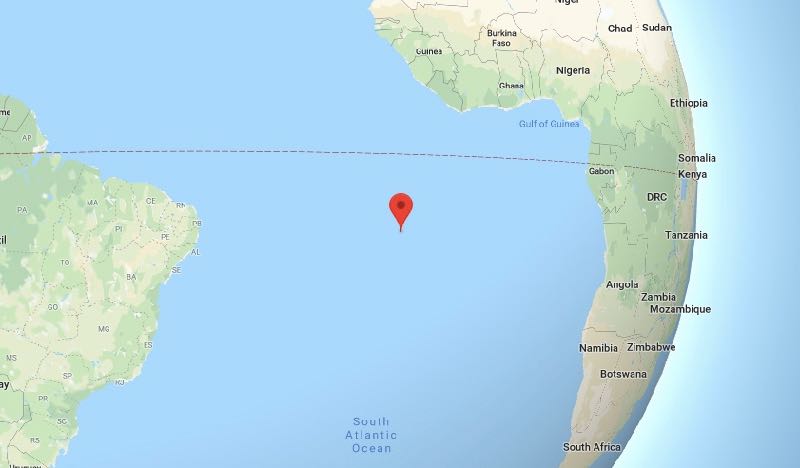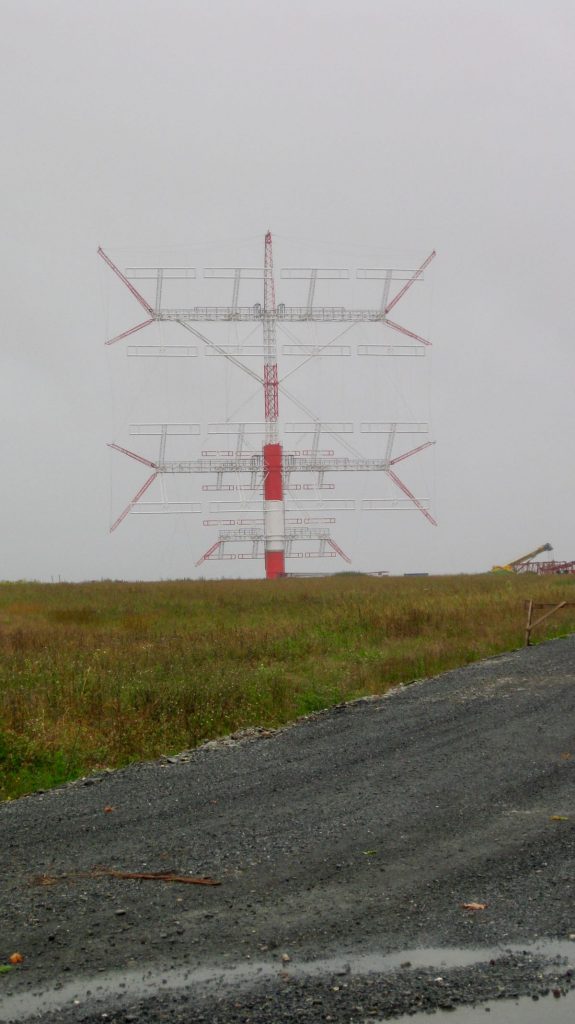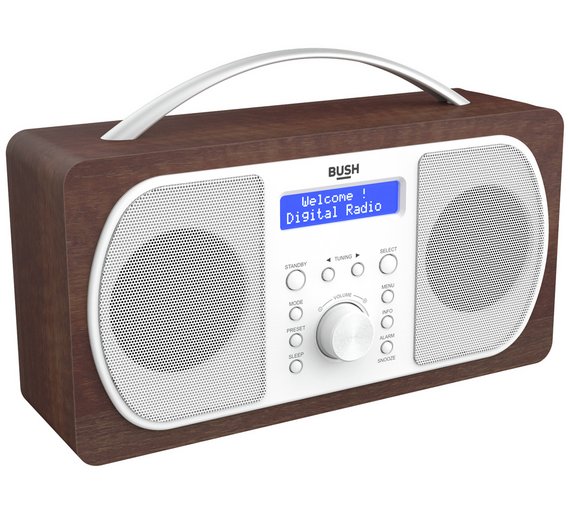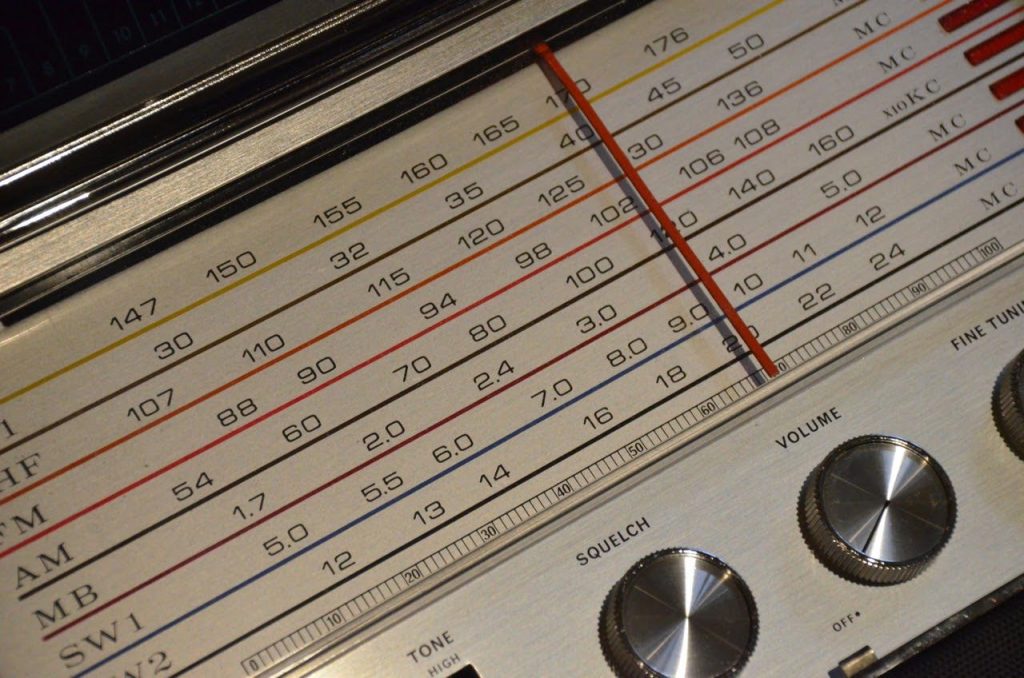Many thanks to a number of SWLing Post contributors who share the following story from Radio World magazine (this summary via Southgate ARC):
Managing short wave broadcasts from Ascension Island
Radio World reports on the remote Atlantic Relay Station that transmits critical radio broadcasts to millions in Africa and beyond
A six-mile stretch of volcanic rock in the middle of the South Atlantic Ocean is home to the BBC’s Atlantic Relay Station.
Now managed and operated by Encompass Digital Media on behalf of the BBC World Service, the stations’ six powerful shortwave transmitters on Ascension Island beam program in a dozen or more languages to some 30 million listeners in north, west and central Africa.
The shortwave transmitters include two 250 kW Marconi BD272 transmitters originally installed in 1966 (and still in daily use) and four 250 kW RIZ K01 transmitters, which are also capable of transmitting in Digital Radio mode.
Read the Radio World story at
https://www.radioworld.com/columns-and-views/managing-sw-broadcasts-from-ascension-island







